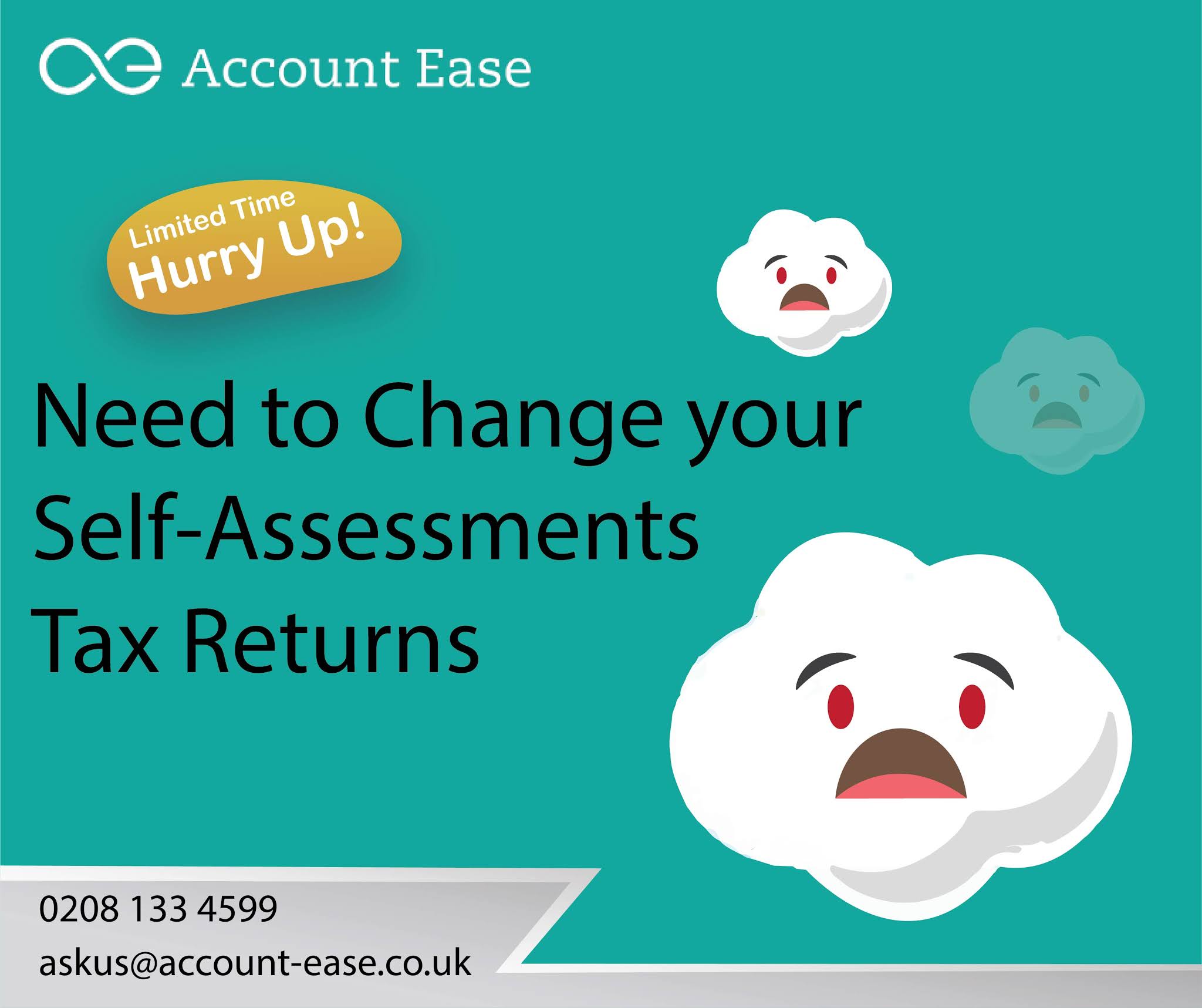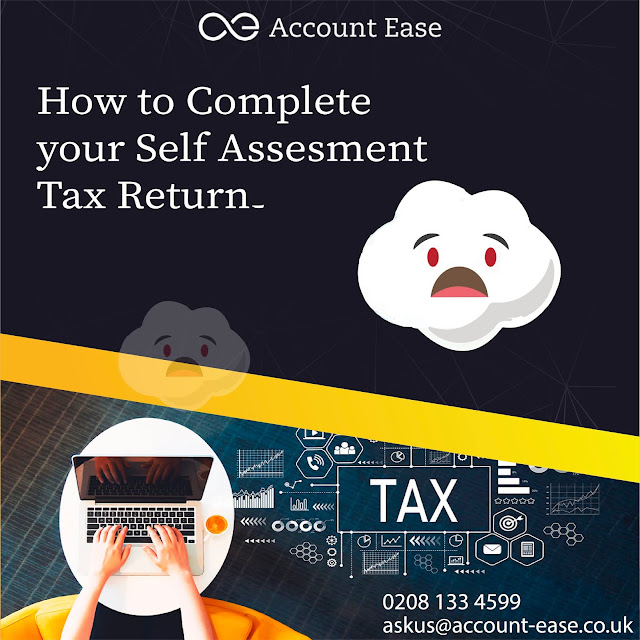How to Pay VAT in the UK
Whether you are a sole trader or limited company new startup
or an early-stage business and have just recently registered for v80 in the UK.
One of the questions on your mind may be how do you actually pay your business
vat bill. We will explain when do you need to pay your vat options as to how to
pay your vat how to set up a direct debit for that with HMRC.
When do you
need to pay VAT?
So, let's explain the when question using a common example
Mr. p runs a business in the UK. And is v80 registered on the standard scheme
of his business? Business's VAT quarters are January to march, April to June,
July to September, and October to December.
All of which runs from the beginning to the end of the
calendar months. So, from the first January to the 31st of March quarter. Mr.
p's vat return needs to be completed and submitted by the 7th of my latest. So,
for every quarter a vat return is due to be completed.
Submitted to HMRC within one month and seven days of the vat
period end in this case the back period end is the 31st of March. Mr. p then
has until the 10th of May to ensure payment has been made. And reached HMRC as
the payment deadline is three days after the submission deadline.
At the beginning of April, we granted early access to the
accounting and tax academy membership site in July of this year.
Your business essentially has three main options as to how
to make payment for your business's VAT bill. Perhaps the most popular method
is by bacs backs buy your business bank account.
Tax payment can take three working days to clear. So, you
will need to make sure you're providing for this time and the payment reaches
HMRC by the 10th secondly.
If you're a little close to the deadline a faster chap’s
payment. For these two options, the bank details for vat HMRC can be found
online.
How to set
up a direct debit:
Setting up a direct debit with HMRC for your vat account
with them is perhaps. That payment you automate a key step in this process and
don't have to worry about making.
Late payment and what's more you are in control of the
direct debit in the sense. You can cancel it through your bank. If and when the
need arises and here is how you would do it. If you have a vat online account
navigate to the vat section and select the direct debit option in the menu.
You then just need to enter your business bank details. If
you have an accountant that represents your business you can authorize them to
do. This for you once you've set up the direct debit payments will be collected
automatically from your chosen bank account.
Around three working days after the payment deadline on your
back return. That payment is only ever collected once your business is that.
The return has actually been submitted to HMRC. So, if you've approved the
submission of about return or done.
If you and there is a net amount to pay to HMRC then the
direct debit will kick in. If there is no vat to pay or your business is due a
refund of vat. Then the direct debit system will recognize this and not take
funds from your business bank account.
What if you
pay late?
HMRC receive your vat return late.
If HMRC receives your payment late. We're
going to briefly look at late payments where the actual v80 is due. Although
the surcharges are the same for both.
If the full vat payment has not reached
HMRC’s bank account by the required date. Then they will record a default
against your businesses.
That account with them your business will
then enter a surcharge period. Which spans a 12-
month period. So, in our example let's say
Mr. p's that liability is 10 000 pounds for that quarter and was due on the
10th of April.
He failed to pay on time and as a result,
HMRC registered. A default against his business's vat account.
A surcharge per the table on-screen
surcharges are split by business turnover. So, under 150,000 pounds per annum.
Over 150,000 pounds per annum and are a percentage of the v80 owed. Finally, HMRC can charge your business a
penalty of up to 100 of any tax understated.
Overclaimed, if you send a return that
contains a careless or deliberate inaccuracy 30 of an assessment. If, HMRC
sends you one that is too low and you do not tell them it's wrong within 30
days.





Comments
Post a Comment